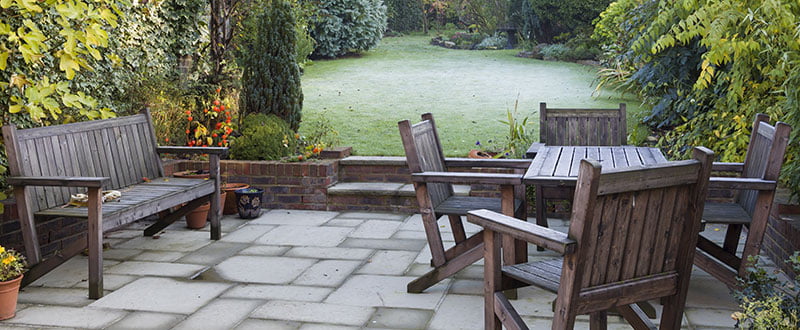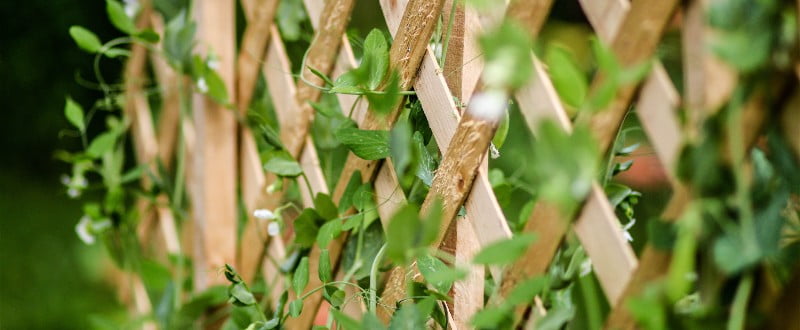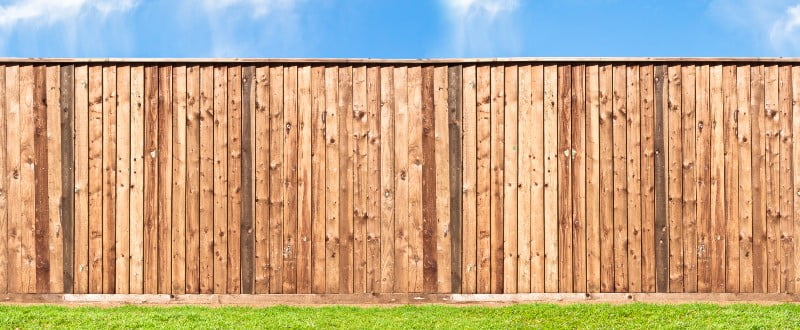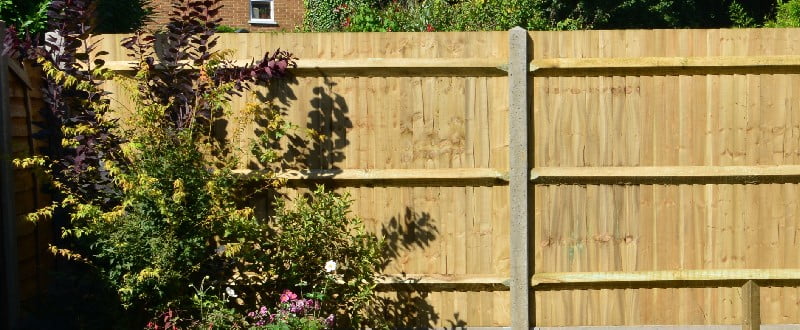
Considering the relatively simple nature of fencing in its finished state, it can have a surprising amount of jargon associated with it, and initially it can be easy to get a bit overwhelmed by it all. Rest assured though, that’s exactly what we’re here for at Welch Fencing. From the moment you first contact us about getting some garden fencing panels of your own, we do everything we can to make the entire process as simple, straightforward and stress-free as possible. To give you a bit of a head-start though, we’ve listed some of the most common terminology below.
Fence panels
Let’s start at the top! Here’s some of the most likely terminology you’re going to hear that relates to the actual panels themselves.
Fence panels
This is the term used to describe the segments of material, normally wood, that make up the main body of the fence. They can be made of various different materials, but wood is by far the most common for residences and domestic buildings. Traditional fencing panels can be used to create a fence that provides privacy, security, and aesthetic value to your home or garden. They’re available in a wide variety of colours, sizes, styles and designs.
Featheredge (or featherboard)
These are two separate terms used for a popular type of fencing that’s available in both panel and traditional form. ‘Closeboard’ is another frequently used alternative for this type of product.
Lap panels
These are constructed from thin sheets of timber that are joined to each other horizontally, so that their edges slightly overlap with each other (hence the name). The point is basically to improve their strength. They’re not quite as sturdy or durable as certain alternatives such as closeboard, but they remain a popular choice because they strike the perfect balance between strength and cost-effectiveness.
Lattice
Lattice fencing is a distinctive type of decorative fencing that’s made up of wooden slats set at 45 degrees, forming a mesh pattern. It’s a fantastic choice if you want to screen off certain areas of your garden, or cultivate some attractive climbing plants to give your garden a bit more visual depth.
Gravel boards
These are optional accessories that are designed to slot underneath your fence panels, in order to protect them against damage from water ingress, insects and debris. While they’re not a mandatory inclusion to most garden fences, homeowners up and down the UK find them invaluable for extending the lifespan of theirs. What’s more, by sealing the gaps between the ground and your fence, it can help to achieve a cleaner and more professional look. Gravel boards are available in a choice of different materials, ranging from simple wood to concrete or composite.
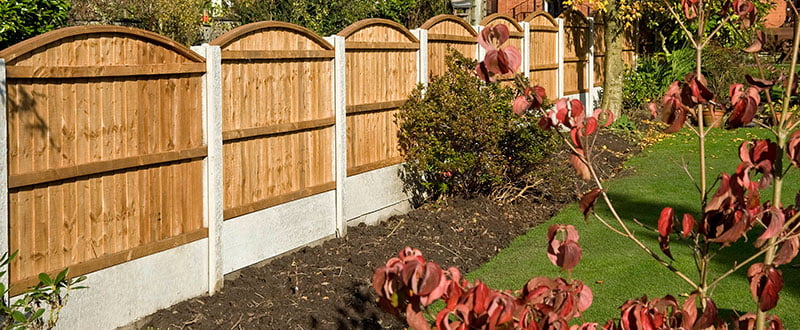
Dip treated or pressure treated
These are two separate types of treatments for wooden garden fencing panels, designed to preserve and protect them, and slow down or prevent rot and fungal decay. Below is a brief summary of each, but we covered the comparison between them in more detail with a previous post here on the blog.
Dip treatment is the more basic (but most affordable) of the two processes. In many ways, it’s exactly what it sounds like – the garden fence panels are submerged into a chamber filled with wood preservative, and then left there for long enough that the preservative has coated the outer layer of each panel, affording it a basic level of protection.
Pressure treatment is a rather more intensive process, in which the panels get placed in a sealed circular chamber, and then vacuum pressure is used to force the preservatives deeply into its cells. That gives it unrivalled protection against insects, rot, and inclement weather, but does require a bit more up-front investment.
Fence posts
So that’s panels broadly covered – now let’s move on to the essential components holding them in place.
Fence posts
These are the long posts that stand vertically between each panel, anchoring them firmly into the ground to serve as the framework of your fence. Your choice of posts (and the material used to make them) play a big role in determining the relative strength of your fence. If you want, you can check out our previous post to find out some of the key differences between wood and concrete fence posts.
Corner posts
As you might expect, these are a type of fence post designed to facilitate two fence panels being slotted in at right angles to each other.
Gate posts
These are designed to facilitate the affixing of a gate to your fence, via its hinges. They’re generally fixed in the ground using post concrete, or spikes – much like regular fence posts.
Post caps and capping rails
Post caps are wooden or metal caps that, as the name suggests, are placed on top of your posts to protect the top of them against moisture ingress from rainfall or other factors. Capping rails are basically lengthier versions of post caps that serve the same purpose, providing a decorative and protective finish.
Those are all the basics covered, but if you’ve got any further questions, don’t hesitate to ask one of our team right here at Welch Fencing! We know almost everything there is to know about garden fence panels and fence posts, since we’ve got a great range of both available right here on our website. In fact, as an experienced UK manufacturer of concrete fence posts and garden fence panels, we have our very own fleet of delivery vehicles at our disposal, allowing us to get your products right to your door.
If you have any questions about any of our products, or you need any more detailed information, feel free to contact us on 01772 336 476, or fire us a quick email on sales@garden-fence-panels.co.uk.




